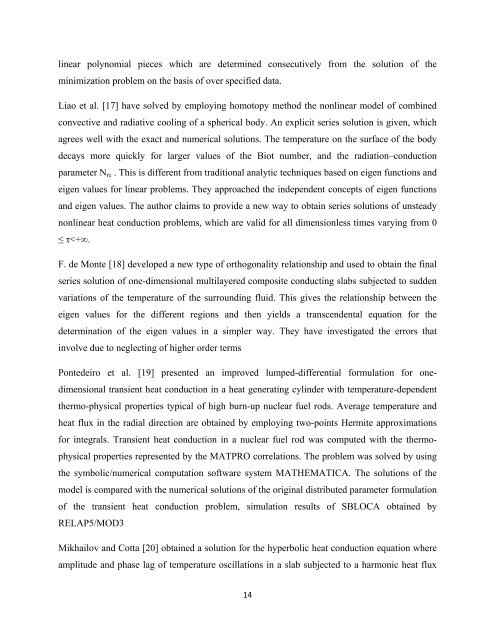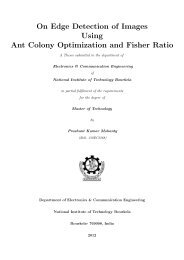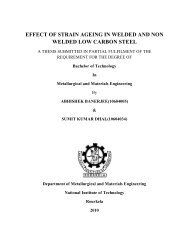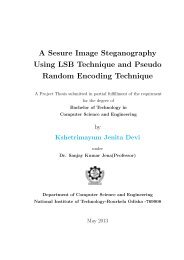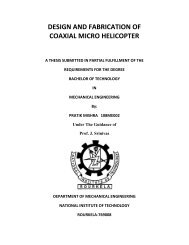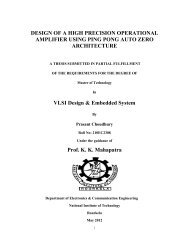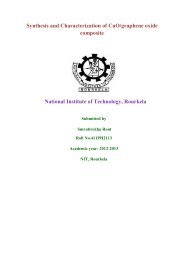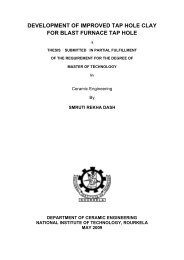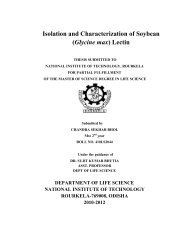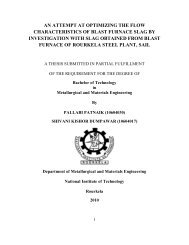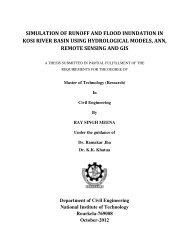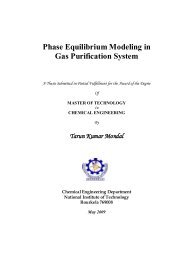analysis of transient heat conduction in different geometries - ethesis ...
analysis of transient heat conduction in different geometries - ethesis ...
analysis of transient heat conduction in different geometries - ethesis ...
You also want an ePaper? Increase the reach of your titles
YUMPU automatically turns print PDFs into web optimized ePapers that Google loves.
l<strong>in</strong>ear polynomial pieces which are determ<strong>in</strong>ed consecutively from the solution <strong>of</strong> the<br />
m<strong>in</strong>imization problem on the basis <strong>of</strong> over specified data.<br />
Liao et al. [17] have solved by employ<strong>in</strong>g homotopy method the nonl<strong>in</strong>ear model <strong>of</strong> comb<strong>in</strong>ed<br />
convective and radiative cool<strong>in</strong>g <strong>of</strong> a spherical body. An explicit series solution is given, which<br />
agrees well with the exact and numerical solutions. The temperature on the surface <strong>of</strong> the body<br />
decays more quickly for larger values <strong>of</strong> the Biot number, and the radiation–<strong>conduction</strong><br />
parameter Nrc . This is <strong>different</strong> from traditional analytic techniques based on eigen functions and<br />
eigen values for l<strong>in</strong>ear problems. They approached the <strong>in</strong>dependent concepts <strong>of</strong> eigen functions<br />
and eigen values. The author claims to provide a new way to obta<strong>in</strong> series solutions <strong>of</strong> unsteady<br />
nonl<strong>in</strong>ear <strong>heat</strong> <strong>conduction</strong> problems, which are valid for all dimensionless times vary<strong>in</strong>g from 0<br />
≤ τ


